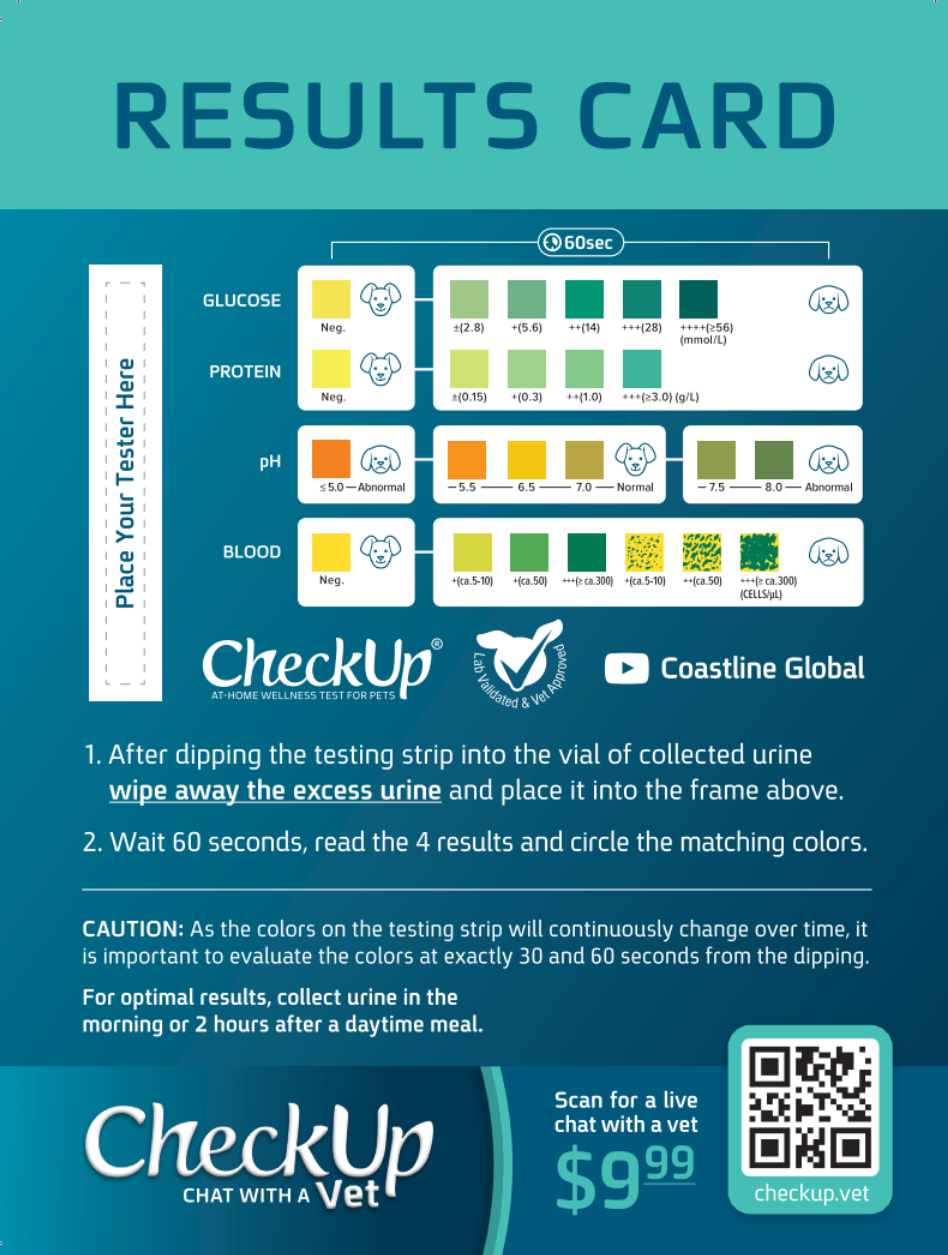The importance of having an effective, efficient and sterile method to quickly and easily collect urine samples from research and laboratory animals is of concern in any lab. Traditional types of lab animal urine collection, particularly for smaller species such as lab rats and mice, have always been a problem. This is because of the risk of contamination of the sample through the collection method or during the collection procedure.
As lab assistants and technicians know, these subject animals produce a very low volume of urine. The more effective traditional methods to reduce contamination often result in high levels of stress to the animals. Considerations for the care and well-being of the laboratory animals also comes into consideration when using the more invasive collection techniques, which is why LabSand is such a breakthrough product in ethical testing practices.
The Reality of Traditional Collection Methods
Traditional forms of urine collection in small laboratory animals have always had the risk of contamination from materials in the collection cage. This could include the presence of animal feces, food, or contact with the skin or fur of the test animal. In addition, the ability to collect samples in a timely manner has also been an issue.
For mice and small rodents, using plastic wrap over a paper surface has been considered one of the most effective methods of urine collection. With this method there is always the chance of damage to the wrap, resulting in the urine sample leaking through to the underlying paper.
Metabolic cages with a wire floor are a more costly version of the same general collection method. The cage is very small, they are bulky to set-up and store, and the design and confining nature of metabolic cages are extremely stressful to the test animals. The metabolic cages are time consuming to clean and sterilize between use, and they can be a potential source of contamination if not correctly processed.
Another common option is to hold the rodent over a Petri dish or cup and manually apply pressure to the trans-abdominal area. This forces the urine out of the bladder, but it is typically a smaller volume of urine than produced naturally. When testing multiple animals, spontaneous urination by the untested rodents may occur when the technician enters the room, further decreasing the volume of urine obtained.
With a slightly different version of this method, capillary tubes can be used to immediately draw up the urine when eliminated from the body. This is a much more labor intensive option and causes more distress to the animals.
The last and most invasive option in small animal urine collection has been using a syringe to withdraw the urine. This can lead to an increased risk of infection, as well as contamination of the sample if the needle penetrates the bladder wall. Not only is this more stressful for the animal, but it can also lead to distortions in results.
The LabSand Option
LabSand is a revolutionary option for the collection of small urine samples in laboratory and research animals. It is a low-cost, single-use product made from sterilized quarry sand and treated with a hydrophobic coating.
LabSand is a natural, contaminant free, hydrophobic sterile sand that is spread in a
thin layer in the collection area. The urine sample remains on the top of the sand in droplet form and is easily collected with pipettes.
Unlike other methods, LabSand is completely safe for the test animal, even if consumed, and in extensive validation tests there is no trace of any change in the urine after contact with the sand. It is biodegradable and environmentally friendly as well as easy to dispose of after use.
With LabSand, urine collection is efficient and simple, results are accurate and contaminant free, and laboratory and test animals are cared for in the most ethical and safe ways possible in all aspects of urine collection. The ease of use and the benefits of this urine collection method make it an important addition to any laboratory.






